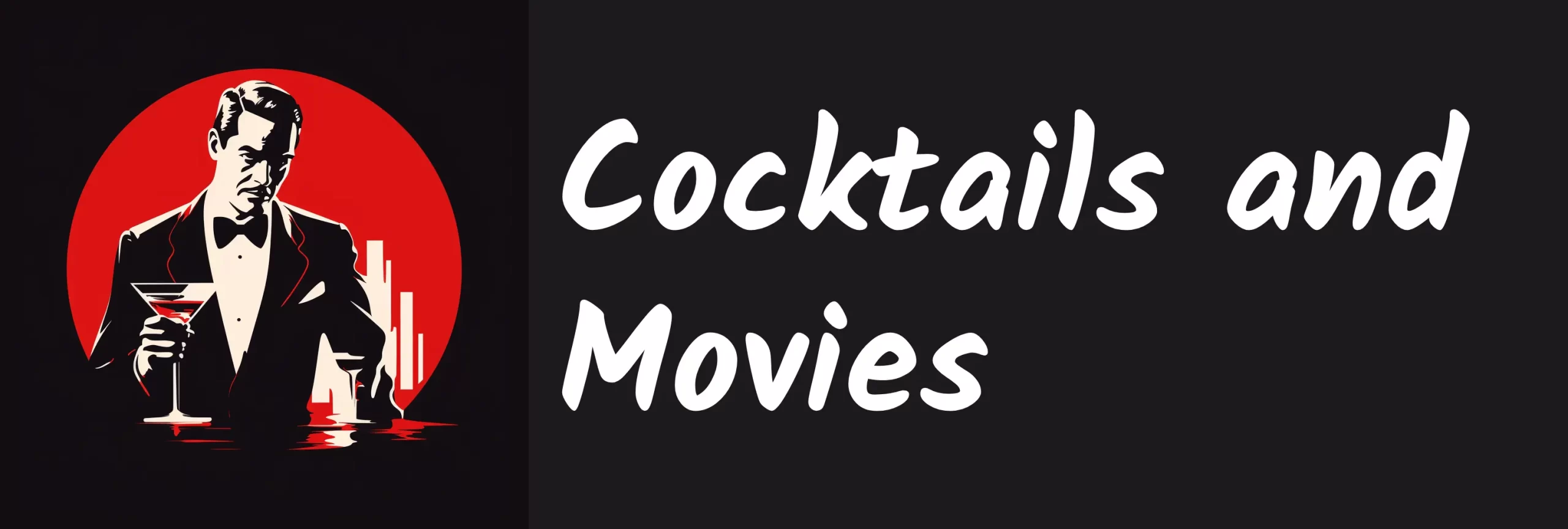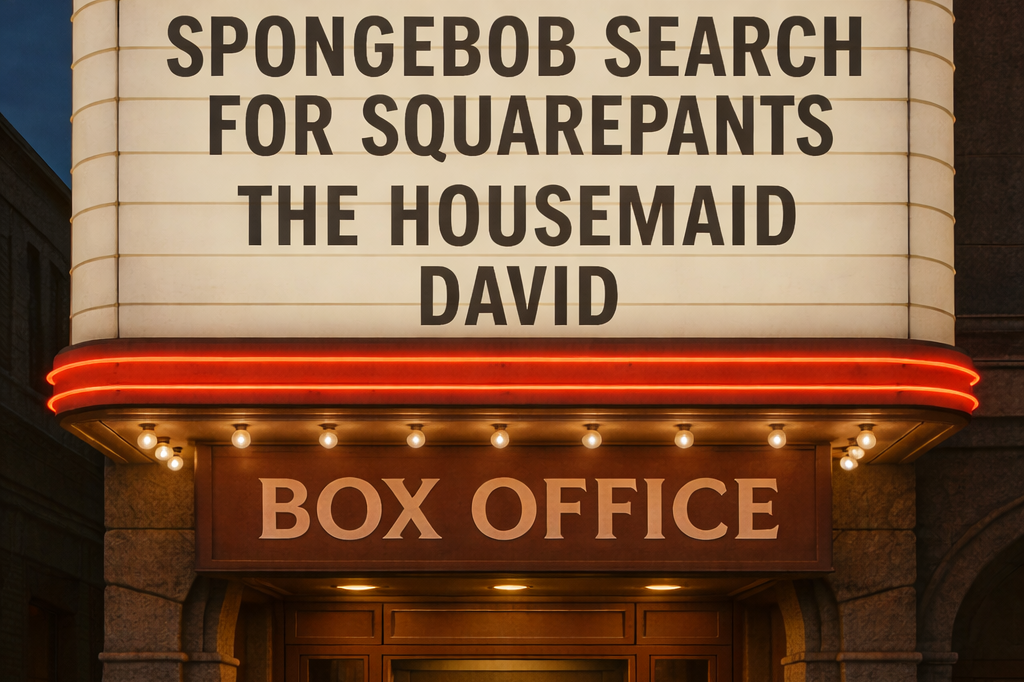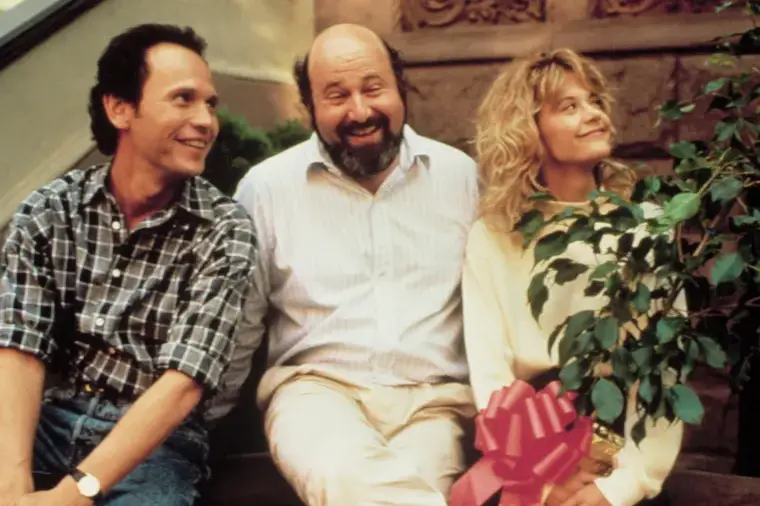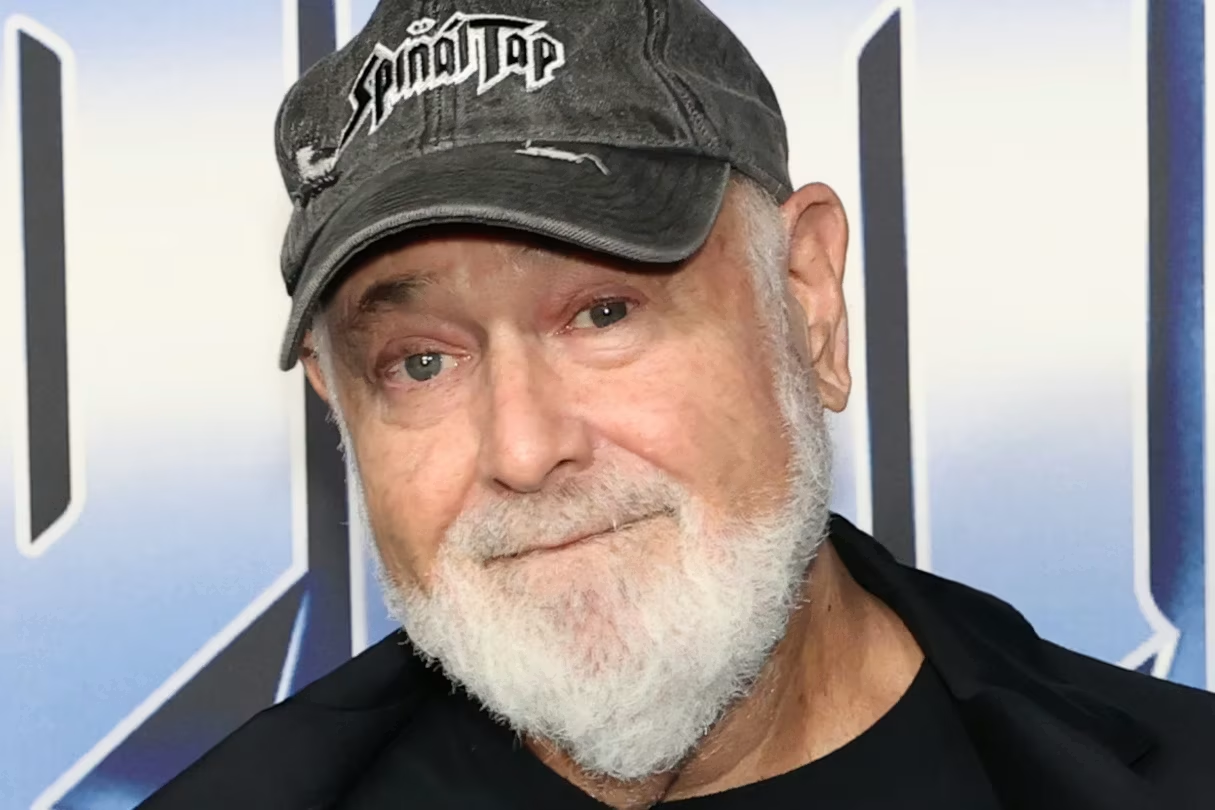The Shining is a Masterclass in The Use of “Architectural Dread”
 Stanley Kubrick’s The Shining isn’t just a horror film, it’s a slow, spiraling descent into madness disguised as a ghost story, a marriage falling apart, and part meditation on violence that never stops haunting you. Released 45 years ago in 1980 and adapted from Stephen King’s novel, this film transformed a bestselling page-turner into something more “Kurbickian” – a stranger, colder, and infinitely more unsettling tale of desolation. Kubrick didn’t just make a movie about a haunted hotel. He made the hotel itself feel like a character with malicious intent, every Steadicam glide through those corridors a journey deeper into psychological collapse.
Stanley Kubrick’s The Shining isn’t just a horror film, it’s a slow, spiraling descent into madness disguised as a ghost story, a marriage falling apart, and part meditation on violence that never stops haunting you. Released 45 years ago in 1980 and adapted from Stephen King’s novel, this film transformed a bestselling page-turner into something more “Kurbickian” – a stranger, colder, and infinitely more unsettling tale of desolation. Kubrick didn’t just make a movie about a haunted hotel. He made the hotel itself feel like a character with malicious intent, every Steadicam glide through those corridors a journey deeper into psychological collapse.
🥃🥃🥃🥃 – Premium Pour (Essential Viewing)
Like an ice-cold Martini served in an abandoned ballroom: elegant, chilling, and impossible to forget.
“All Work and No Play Makes Jack a Dull Boy.”
Jack Nicholson stars as Jack Torrance, a struggling writer who takes a job as the winter caretaker of the isolated Overlook Hotel in the Colorado Rockies. He brings his wife Wendy (Shelley Duvall) and psychic son Danny (Danny Lloyd) along for what should be months of peaceful solitude. Instead, the hotel’s dark history: murders, madness, and malevolent spirits, begins seeping into Jack’s already fragile mind. What starts as irritability spirals into homicidal rage, fueled by the hotel’s ghosts and Jack’s own demons.
 Nicholson’s performance is iconic for a reason. His transformation from frustrated family man to ax-wielding maniac is operatic, theatrical, and terrifying. The eyebrows, the grin, the manic energy – it’s all dialed to eleven, and yet it works because Kubrick frames Jack’s madness as both supernatural possession and the unleashing of something that was always lurking inside him. That ambiguity is what makes the film so disturbing.
Nicholson’s performance is iconic for a reason. His transformation from frustrated family man to ax-wielding maniac is operatic, theatrical, and terrifying. The eyebrows, the grin, the manic energy – it’s all dialed to eleven, and yet it works because Kubrick frames Jack’s madness as both supernatural possession and the unleashing of something that was always lurking inside him. That ambiguity is what makes the film so disturbing.
Shelley Duvall, often unfairly criticized for looking “too scared,” delivers exactly what Kubrick demanded: raw, unfiltered terror. Her Wendy is fragile but determined, and Duvall’s exhausted, wide-eyed panic feels devastatingly real. Danny Lloyd, just six during filming, brings an eerie naturalism to Danny, especially in the film’s most iconic moments involving his imaginary friend Tony and the terrifying “REDRUM” revelation.
How Kubrick Reimagined King’s Vision
Stephen King famously hated Kubrick’s adaptation, and it’s not hard to see why. King’s novel is a story about alcoholism, domestic abuse, and a haunted hotel that preys on a good man’s weaknesses. Kubrick’s film strips away much of that psychological backstory and replaces it with cold, dreadful terror. Jack Torrance isn’t a tragic figure in Kubrick’s hands. He’s always teetering on the edge, and the Overlook simply gives him permission to fall.
King called the film “a big, beautiful Cadillac with no engine inside it,” arguing that Kubrick’s version lacked emotional warmth and character depth. He wasn’t wrong about the coldness and unfeeling. Kubrick’s Overlook is all sterile (albeit beautiful) symmetry and blood-red bathrooms. But that coldness is precisely what makes it so effective. This isn’t a story about empathy. It’s about watching someone unravel in a place designed to destroy them.
Despite King’s objections, The Shining has become the definitive version of the story for most audiences. (King even produced his own 1997 miniseries adaptation that was more faithful to the book, but it could never compete with Kubrick’s visual mastery and atmospheric dread.)
The Overlook: A Character in Itself
 The Overlook Hotel was primarily filmed at Elstree Studios in England, with exterior shots from the Timberline Lodge in Oregon. But Kubrick’s genius was in making the hotel feel wrong. The impossible geography, like windows where there shouldn’t be windows, rooms that shift in layout between scenes, creates a subconscious unease. The Steadicam work, revolutionary at the time, glides through hallways like a predatory ghost, following young Danny on his Big Wheel through corridors that seem to stretch forever.
The Overlook Hotel was primarily filmed at Elstree Studios in England, with exterior shots from the Timberline Lodge in Oregon. But Kubrick’s genius was in making the hotel feel wrong. The impossible geography, like windows where there shouldn’t be windows, rooms that shift in layout between scenes, creates a subconscious unease. The Steadicam work, revolutionary at the time, glides through hallways like a predatory ghost, following young Danny on his Big Wheel through corridors that seem to stretch forever.
Then there’s the Gold Room, the site of Jack’s conversation with ghostly bartender Lloyd (Joe Turkel), where Kubrick bathes everything in warm, inviting light that somehow feels sinister. The famous image of blood pouring from the elevator doors, (achieved with hundreds of gallons of fake blood and Kubrick’s obsessive perfectionism), remains one of cinema’s most indelible nightmare images.
Critical Reception and Cultural Immortality
When The Shining premiered in 1980, critics were divided. Some praised Kubrick’s visual artistry, while others felt it was a cold, overlong exercise in style over substance. The film earned mixed reviews and modest box office returns initially. Roger Ebert gave it a lukewarm response, calling it disappointing compared to Kubrick’s earlier work.
But time has been extraordinarily kind to The Shining. It’s now widely considered one of the greatest horror films ever made, endlessly analyzed, referenced, and parodied. The documentary Room 237 explores various fan theories about hidden meanings in the film: everything from commentary on the genocide of Native Americans to Kubrick allegedly confessing to faking the moon landing. Whether you buy into these theories or not, they speak to the film’s richness and ambiguity.
The movie’s influence on horror and cinema is immeasurable. The Steadicam tracking shots, the use of symmetry to create unease, the blending of psychological and supernatural horror, all have been copied endlessly but rarely matched.
Why It Still Holds Up and Terrifies
Watching The Shining today, decades after its release, it hasn’t lost an ounce of power. If anything, it’s grown more unsettling. The deliberate pacing that some found frustrating in 1980 now feels like a masterclass in building dread. Every frame is meticulously composed, every sound, from Wendy Carlos and Rachel Elkind’s electronic score to Penderecki’s modernist compositions, is designed to put you on edge.
The film works on multiple levels: as a ghost story, as a portrait of domestic violence, as an exploration of isolation and madness. Nicolson is iconic, and Jack’s descent is terrifying not just because of the supernatural elements, but because of how Kubrick suggests this violence was always inside him, waiting for permission to emerge. The Overlook doesn’t create monsters, it reveals them.
And then there’s the ending, Jack frozen in the 1921 photograph, suggesting he’s always been part of the hotel’s darkness. It’s the kind of ambiguous, chilling conclusion that lingers long after the credits roll.
The CocktailsandMovies.com Bottom Line
A towering achievement in cinematic horror, The Shining proves that true terror comes from atmosphere, precision, and the slow unraveling of sanity. Kubrick’s cold perfection turned King’s haunted house story into something far more disturbing a film that crawls under your skin and never leaves.
Cocktail Pairing: The Overlook Old Fashioned
Whiskey, bitters, and a single blood-orange twist — classic, unsettling, and impossible to shake.
The Shining is treaming on most streaming services.






